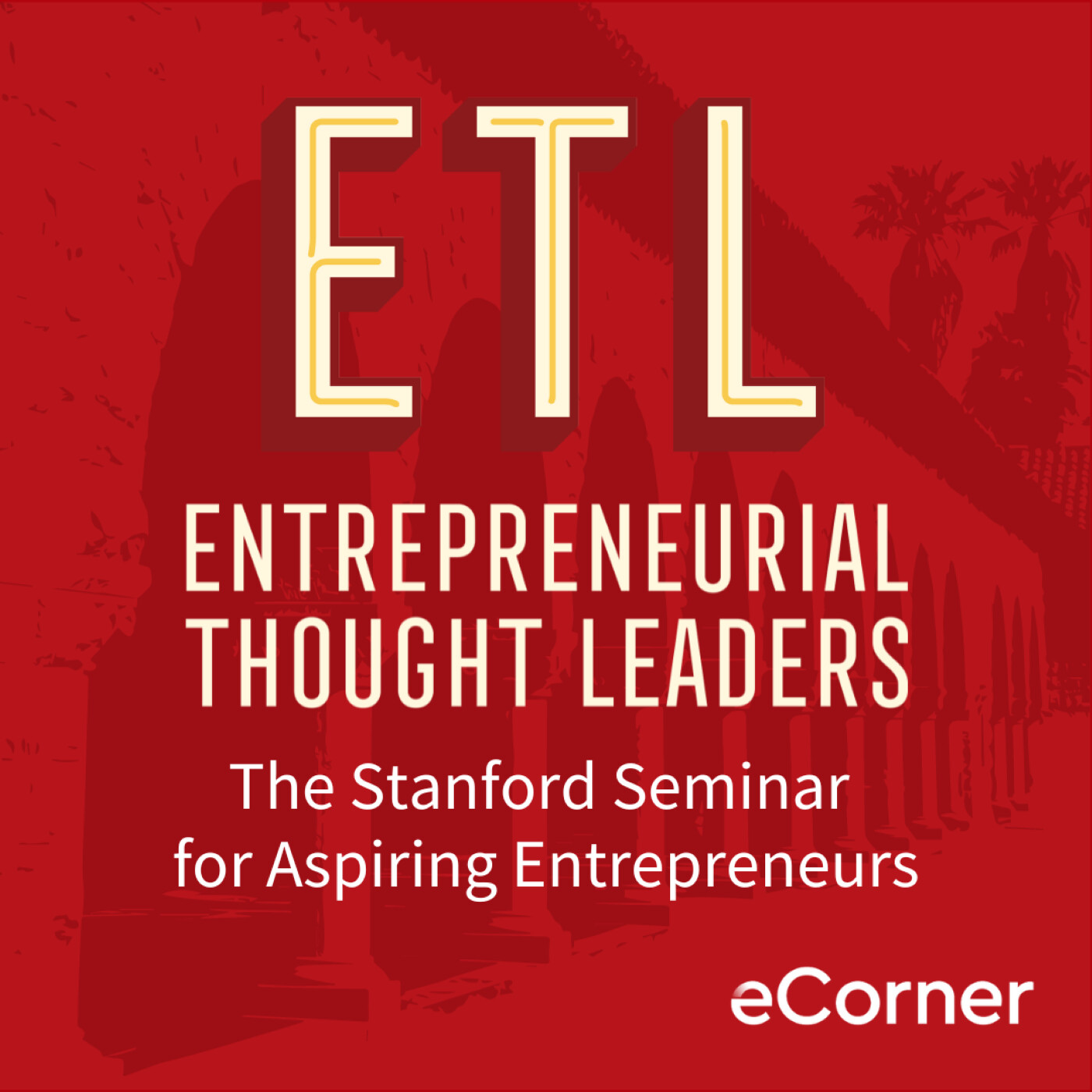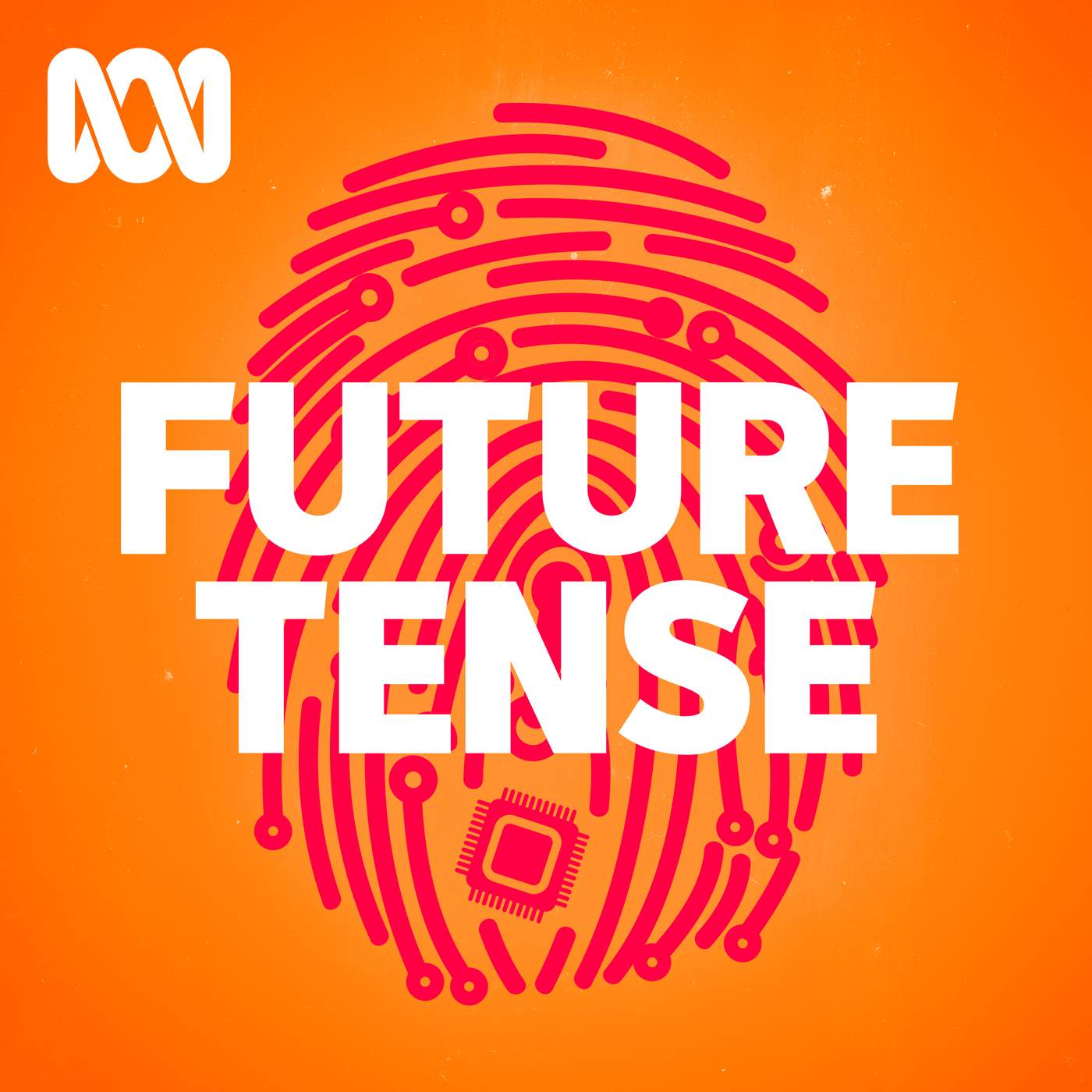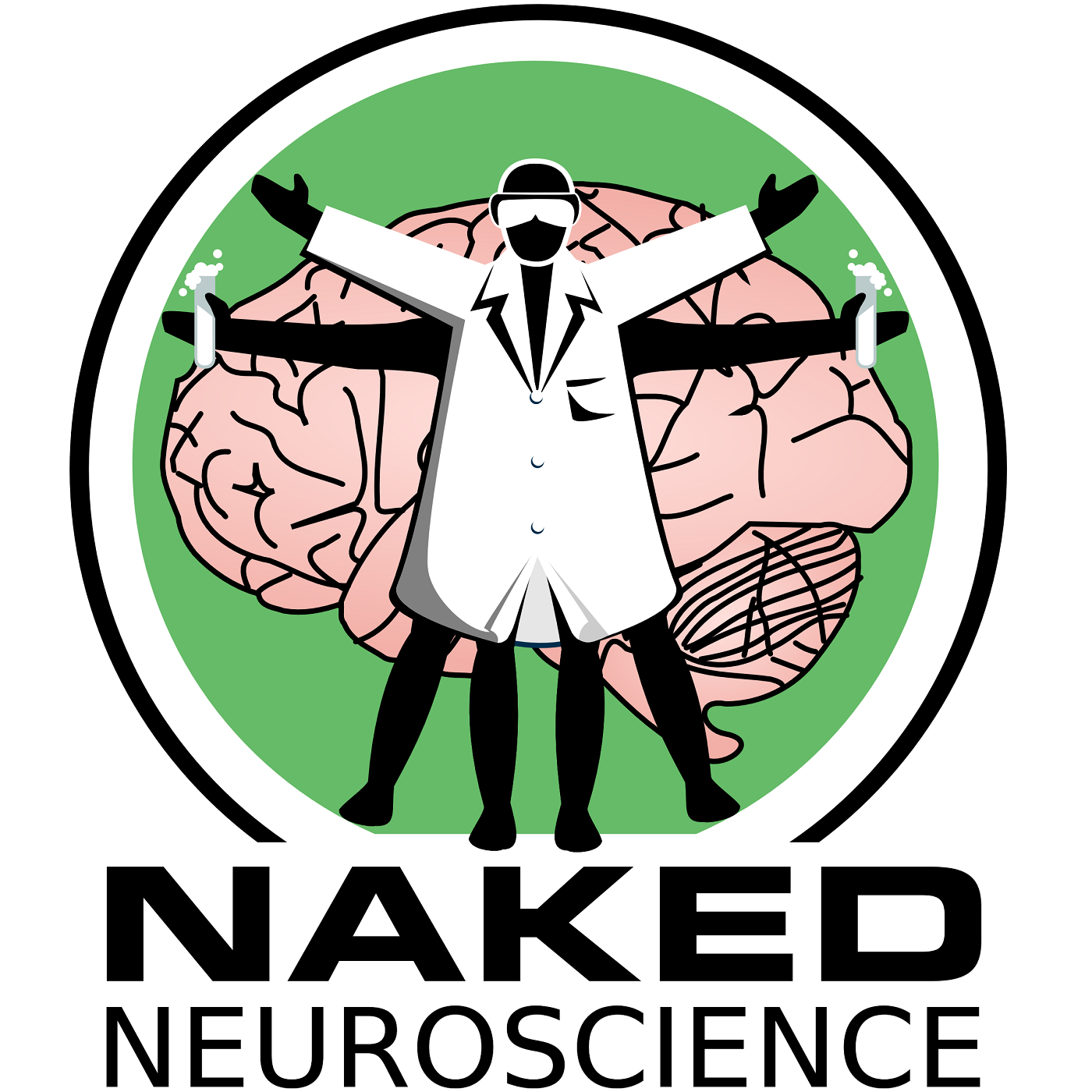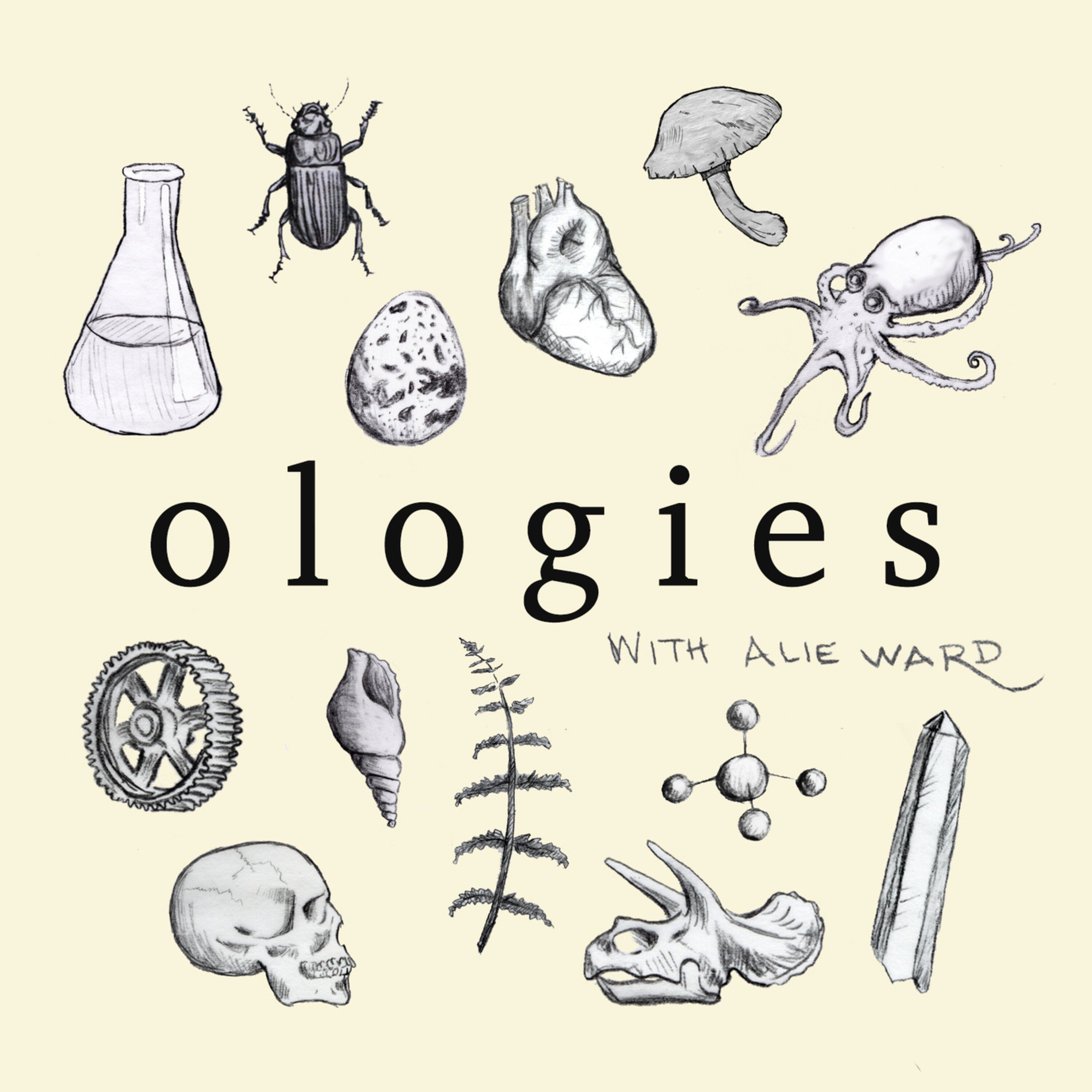
Heliox: Where Evidence Meets Empathy 🇨🇦
Join our hosts as they break down complex data into understandable insights, providing you with the knowledge to navigate our rapidly changing world. Tune in for a thoughtful, evidence-based discussion that bridges expert analysis with real-world implications, an SCZoomers Podcast
Independent, moderated, timely, deep, gentle, clinical, global, and community conversations about things that matter. Breathe Easy, we go deep and lightly surface the big ideas.
Curated, independent, moderated, timely, deep, gentle, evidenced-based, clinical & community information regarding COVID-19. Since 2017, it has focused on Covid since Feb 2020, with Multiple Stores per day, hence a sizeable searchable base of stories to date. More than 4000 stories on COVID-19 alone. Hundreds of stories on Climate Change.
Zoomers of the Sunshine Coast is a news organization with the advantages of deeply rooted connections within our local community, combined with a provincial, national and global following and exposure. In written form, audio, and video, we provide evidence-based and referenced stories interspersed with curated commentary, satire and humour. We reference where our stories come from and who wrote, published, and even inspired them. Using a social media platform means we have a much higher degree of interaction with our readers than conventional media and provides a significant amplification effect, positively. We expect the same courtesy of other media referencing our stories.
Heliox: Where Evidence Meets Empathy 🇨🇦
Mutation-Tolerant SARS-CoV-2 Inhibitor Peptide
Imagine a scientific approach that doesn't just chase mutations but finds the bedrock beneath the chaos. This isn't science fiction. This is happening right now in a laboratory studying COVID-19, and it could transform how we understand everything from viral infections to aging.
CESPES isn't just a potential COVID treatment. It's a blueprint for a more sophisticated approach to understanding complex systems.
In this fascinating deep dive, we explore groundbreaking research on CESPES, a revolutionary antiviral peptide that could transform our approach to fighting COVID-19 and its variants. The episode unpacks how this ingenious molecule targets the unchanging core of the virus's spike protein, potentially offering long-lasting protection against both current and future mutations. We delve into the science behind this discovery, from its impressive laboratory results to its promising performance in preclinical studies.
Our discussion extends beyond COVID-19, examining how this innovative approach of targeting invariant features could revolutionize treatments for other diseases, from autoimmune conditions to aging. We break down the journey from laboratory breakthrough to potential therapeutic treatment, exploring the rigorous clinical trial process and regulatory requirements.
Whether you're a science enthusiast or simply curious about the future of medicine, this episode offers compelling insights into how understanding biological constants amid variation could reshape medical research. Join us as we explore this fascinating intersection
This is Heliox: Where Evidence Meets Empathy
Independent, moderated, timely, deep, gentle, clinical, global, and community conversations about things that matter. Breathe Easy, we go deep and lightly surface the big ideas.
Thanks for listening today!
Four recurring narratives underlie every episode: boundary dissolution, adaptive complexity, embodied knowledge, and quantum-like uncertainty. These aren’t just philosophical musings but frameworks for understanding our modern world.
We hope you continue exploring our other podcasts, responding to the content, and checking out our related articles on the Heliox Podcast on Substack.
About SCZoomers:
https://www.facebook.com/groups/1632045180447285
https://x.com/SCZoomers
https://mstdn.ca/@SCZoomers
https://bsky.app/profile/safety.bsky.app
Spoken word, short and sweet, with rhythm and a catchy beat.
http://tinyurl.com/stonefolksongs
Curated, independent, moderated, timely, deep, gentle, evidenced-based, clinical & community information regarding COVID-19. Since 2017, it has focused on Covid since Feb 2020, with Multiple Stores per day, hence a large searchable base of stories to date. More than 4000 stories on COVID-19 alone. Hundreds of stories on Climate Change.
Zoomers of the Sunshine Coast is a news organization with the advantages of deeply rooted connections within our local community, combined with a provincial, national and global following and exposure. In written form, audio, and video, we provide evidence-based and referenced stories interspersed with curated commentary, satire and humour. We reference where our stories come from and who wrote, published, and even inspired them. Using a social media platform means we have a much higher degree of interaction with our readers than conventional media and provides a significant amplification effect, positively. We expect the same courtesy of other media referencing our stories.
Hey there, ready for a deep dive into some potentially groundbreaking COVID news? Oh yeah. Imagine a future where new variants emerge, but we don't need a whole new wave of vaccines and treatments. That's the kind of future this new antiviral peptide CESPES might bring. Yeah, it's pretty remarkable. CESPES, which stands for COVID-19 Eliminative Short Peptide Inhibiting ACE2 Binding, is showing some serious promise. Wow. We've got a research article from PNAS, "The Proceedings of the National Academy of Sciences," dated January 2025. Okay. And it's packed with insights. So let's break this down. One of the biggest challenges with COVID has been the virus's knack for constantly mutating, right? New variants pop up and suddenly the treatments we were relying on aren't as effective. Absolutely. And that's precisely the problem this research tackles head on. Think of it this way. The virus uses its spike protein, that spiky cram shape we've all come to know, to latch onto our cells. It does this through a specific receptor called ACE2. So if we can block that spike protein from attaching to ACE2, we can essentially shut down the virus's entry point. Exactly. And that's what a lot of current treatments try to do. But here's the catch. When the spike protein mutates, it's like changing the key slightly. Treatments that targeted the old key shape become less effective. I see. So how does CESPES get around this? Well, the researchers took a really clever approach. They used detailed 3D models of the spike protein to figure out which parts are absolutely essential for binding to ACE2. The interesting thing is these essential areas stay pretty much the same, even when the virus mutates in other ways. They're like the unchanging core of the lock, no matter how the key might change around it. Oh, so CESPES targets those unchanging regions, meaning it shouldn't matter as much if the virus mutates elsewhere, right? Right. It's an incredibly elegant solution because it focuses on the constant, not the variable. And the results are pretty impressive. Lab tests showed CESPES bound to a whole range of mutant spike proteins with incredibly strong affinity. We're talking picomolar range. Hold on. Picomolar. Yeah. For those of us who haven't brushed up on our molecular units lately, what does that actually tell us? Basically, it means it binds extremely tightly. It's like a molecular glue preventing the virus from attaching to your cells. Got it. So strong binding. And I'm guessing they didn't stop there. They wanted to see how well it actually neutralized the virus, right? Of course, they tested CESPES against a whole lineup of SARS-CoV-2 variants, alpha delta, omicron, BA.1, BA.2, BA.5, and even XBB.1.5. And it neutralized them all with impressive potency. Impressive potency. Give us a sense of what that actually looks like in a lab setting. Well, they use something called an ISAE50 measurement, which basically tells you how much of a substance is needed to inhibit the virus by 50%. And for CESPES, these ISAE50 values were incredibly low, ranging from 4pm to 13 LLM. That means a tiny amount of CESPES can effectively neutralize a lot of virus. Okay. So we've got strong binding to the spike protein, neutralization across a range of variants. What else do they look at? Well, you know, those hamster studies you sometimes hear about in the news. They're crucial for understanding how the virus behaves and testing treatments. Right. Because hamsters can experience some similar COVID-19 symptoms to humans. Exactly. So they gave CESPES to hamsters infected with the virus and found some really encouraging results. The hamsters that inhaled CESPES didn't experience the typical weight loss you see with COVID-19, and their viral load in the lungs was significantly reduced. But perhaps most importantly, CESPES protected them from lung damage, which is a major concern with severe COVID-19 cases. That's a big deal, especially when you consider the long-term impacts of lung damage. So it's not just neutralizing the virus, it's also preventing some of the serious complications. Precisely. But it gets even more fascinating. They also wanted to see if CESPES could do more than just neutralize individual virus particles. They used a technique called cryo-EM, a really powerful microscopy method to see how CESPES interacts with the spike protein at an incredibly detailed level. And what they discovered was that CESPES can actually bridge spike proteins on different virus particles, essentially causing them to clump together. So it's like CESPES is acting as a sort of viral wrangler, corralling those pesky particles together. That's a great way to put it. And this clumping or aggregation could make it much easier for the immune system to recognize and eliminate the virus. It's like putting a big flashing sign on the virus that says, "Hey, immune system, come take care of this." Wow. So CESPES is blocking the virus from entering cells, helping the immune system clear it more effectively. But I have a feeling there's more to this story. You're right on track. The researchers went a step further to test CESPES' mutation tolerance. They wanted to know if it would hold up not only against the variants we already know, but also against potential future mutations. Think of it as future-proofing our defenses. Okay, so they're essentially trying to predict how the virus might mutate and see if CESPES can still handle it. I'm on the edge of my seat here. What did they find? They found that CESPES remained effective against all known variants, and likely will be effective against many future mutations as well. They even ran tests simulating the impact of potential mutations on CESPES' binding. And? Don't leave a hangin'. Even with those simulated mutations, CESPES retained its strong binding ability. That's incredible. So are we looking at the end of COVID-19 as we know it? Well, I wouldn't jump to that conclusion just yet, but this research is a significant leap forward. CESPES' mutation tolerance offers real hope for a long-term solution. It could remain effective even as the virus continues to evolve. And even more broadly, this structure-guided approach to designing treatments could be a game-changer for other infectious diseases too. Okay, before we get ahead of ourselves, let's take a step back. We've established that this research is exciting, but where does it go from here? This was published in PNAS, so it's clearly gone through some serious scientific vetting. But what are the next steps for CESPES to potentially become a treatment people can access? You're right. There's always a journey from lab to real-world application. This research has been peer-reviewed, meaning other scientists have thoroughly examined the methods and findings to ensure they're sound. But the next crucial step would be clinical trials in humans. These trials are essential to confirm that CESPES is both safe and effective in people. And to figure out the best dosage and delivery methods, we need to see if the success we've seen in the lab translates to real-world human applications. So basically, we need to know if it works as well in people as it did in those hamster studies. And of course, even if the clinical trials go well, there's still the whole regulatory approval process. Government agencies need to review all the data before giving the green light for CESPES to be used as a treatment. It's all about making sure it's safe and effective for widespread use. But if everything goes smoothly, this could be huge. We could be looking at a future where we're not constantly scrambling to catch up with new COVID-19 variants. It's exactly. It's a possibility worth getting excited about. And it raises an important question. CCPA works by targeting the unchanging core of a rapidly mutating protein. What other biological challenges could we address by shifting our focus in this way, by seeking out those elements that remain constant amidst all the change? It's like a whole new way of thinking about problem solving in biology and medicine. It's not just about trying to keep up with the constant change, but finding the stable foundation underneath. That's a fascinating thought. And I think it's a perfect place to pause for now. We've covered a lot of ground in this first part of our deep dive on CESPES. We've talked about how it works, its potential impact on the fight against COVID-19, and even its broader implications for the future of medicine. But as we just discussed, there's a whole universe of possibilities to explore when it comes to targeting the invariant. So, dear listener, we leave you with this question to ponder. What other areas of science or medicine could benefit from this approach? What other unchanging cores are out there waiting to be discovered? We'll pick up this conversation in our next segment, but for now, take some time to reflect on these ideas. We'll be back soon with more insights from the depths of this research. Thank you for being curious and subscribing, following, liking, rating, and reviewing our podcast episodes. Your support really helps build a vibrant Heliox community. Back to Heliox, where evidence meets empathy. Welcome back. It's fascinating to consider how this approach targeting the invariant could revolutionize the way we develop drugs, not just for COVID-19, but potentially for a wide range of diseases. You know, one thing that struck me in the research article was a term they used,"time of addition assays." They use these assays to examine how CESPES works at different stages of the viral infection process. Can you unpack that a bit? Sure. It's like, "Ah, trying to figure out the best time to intervene during a robbery? Do you try to stop the robber before they even enter the bank? Or do you focus on stopping them once they're already inside?" These assays allowed the researchers to test whether CESPES was more effective at preventing the initial infection or blocking the virus once it had already started replicating inside the cells. Okay. That's a helpful analogy. So what did they find? When was CESPES most effective? Well, the results were quite interesting. They found that CESPES was effective at both stages, both in preventing the initial viral entry and in inhibiting subsequent rounds of infection. So even if the virus manages to sneak past the initial defenses, CESPES could still step in and prevent it from spreading further. That's the idea. It's like having a backup security system in place. And this has some really important implications for how CESPES could be used as a treatment. It suggests that it might be effective not only as a prophylactic to prevent infection in the first place, but also as a therapeutic to help people who are already infected. That's pretty incredible. So it's multifaceted, which is always a bonus when you're talking about tackling a complex virus like this one. Absolutely. But there's another layer to this that I find particularly fascinating. Remember how we talked about CESPES causing the virus particles to clump together? Yeah, the viral wrangling effect. It sounded like that could be a good thing for helping our immune system clear the virus more efficiently. Exactly. But think about it this way. Most antiviral drugs work by interfering with a specific step in the virus's life cycle. They might block the virus from replicating its genetic material or prevent it from assembling new virus particles. OK, so they target the virus itself. Right. But CESPES is doing something different. It's not just targeting the virus directly, it's also manipulating the virus's environment in a way that makes it more vulnerable to our immune system. That's a really interesting distinction. It's almost like CESPES is working on two fronts, both directly against the virus and by boosting our own natural defenses. Exactly. And that's what makes this research so exciting. It's not just about finding a drug that kills the virus. It's about finding ways to help our bodies fight back more effectively. You know, it's funny because in a lot of sci-fi movies, when faced with a deadly virus, the solution is always some kind of super powerful antibiotic or a genetically engineered cure. But this approach feels much more in tune with how nature actually works. It's about leveraging existing systems and finding ways to enhance them. I agree. It's like we're taking inspiration from the natural world and applying it to our own medical challenges. And that brings us back to the idea of targeting the invariant. CESPES works by going after those parts of the virus that are essential and therefore less likely to change, even as the virus mutates in other ways. It's a bit like finding the Achilles heel of the virus. So how does this concept apply to other areas of biology and medicine? We touched on cancer earlier, but what other possibilities do you see? Well, one area that comes to mind is autoimmune diseases. In these diseases, the immune system mistakenly attacks the body's own tissues. What if we could identify those core, unchanging features of the immune response that are driving this self-attack? If we could target those features, we might be able to develop therapies that retrain the immune system, preventing it from attacking the body without compromising its ability to fight off real threats. That's a really powerful idea. It's like teaching the immune system to distinguish between friend and foe more effectively. And it makes me wonder, what about aging? Could the invariant targeting concept be applied to understanding and perhaps even slowing down the aging process? Now you're really thinking outside the box. But it's not as far-fetched as it might seem. Aging is a complex process driven by a multitude of factors, both genetic and environmental. But what if there are certain core molecular pathways that underlie this process? Pathways that are relatively invariant across different individuals and even different species? If we could identify and target those pathways, we might be able to develop interventions that slow down aging, or at least mitigate some of its negative consequences. Wow, that's a pretty mind-blowing thought. It feels like this concept of targeting the invariant has the potential to touch on some of the most fundamental questions in biology and medicine. It certainly does. It's a reminder that even in the face of constant change, there are fundamental principles at play. And understanding those principles can unlock incredible possibilities. But let's not get too carried away with the philosophical implications just yet. I want to circle back to something practical. You mentioned earlier that CSPS needs to go through clinical trials in humans before it can become a widely available treatment. What does that process typically involve? Well, clinical trials are designed to rigorously assess the safety and efficacy of a new treatment in humans. There are typically three phases. Phase one trials focus on safety. They involve a small group of healthy volunteers and are primarily aimed at determining the drug's dosage, how it's metabolized in the body, and whether it causes any adverse effects. So it's about making sure it's safe for people to take before you start looking at whether it actually works. Exactly. Then in phase two, the trials expand to include a larger group of people who have the condition the drug is intended to treat. This phase is all about gathering more data on safety, but also starting to evaluate the drug's effectiveness. And I'm guessing phase three is where things get really interesting. You got it. Phase three trials involve an even larger group of patients and are designed to confirm the drug's effectiveness, monitor side effects, compare it to existing treatments, and gather information that will allow the drug to be used safely. And so if everything goes well in those three phases... Well, if the clinical trial data shows that C-SPAS is safe and effective, the researchers can then submit an application to a regulatory agency like the FDA here in the U.S. for approval to market the drug. The agency will review all the data from the clinical trials, as well as manufacturing information and other relevant details, to make sure the drug meets their standards for safety and efficacy. If the drug gets approved, it can then be prescribed by doctors and made available to the public. It's amazing to think about the journey a new drug takes from the initial discovery to actually reaching the people who need it. It's a long and rigorous process, but it's in place for a reason. Absolutely. It's all about ensuring that the treatments we use are safe and effective. But even after a drug is approved, the monitoring continues. Researchers and regulatory agencies keep track of any side effects that might emerge and continue to study the drug's long-term effects. So it's really an ongoing process. Speaking of the bigger picture, one thing that struck me about this C-SPAS research is the collaborative nature of it all. You've got researchers from all different areas of science, virology, structural biochemistry, immunology, all coming together to tackle this problem. You're absolutely right. It really highlights the power of teamwork in science. Big breakthroughs often happen when people from different fields bring their unique expertise to the table. And it's not just scientists think about the funding agencies, the pharmaceutical companies, the regulatory bodies, even the public who participate in clinical trials. It takes a global effort to bring a new treatment from the lab to the clinic. It's a reminder that science is inherently collaborative, and it can be such a force for good when we work together towards a common goal. And speaking of working together, let's bring this back to you, the listener. We've explored the science behind C-SPAS, its potential to shift the way we approach not only COVID-19, but also other diseases, and even touched upon the ethical considerations and the long road to bringing a new drug to market. What stands out to you from this deep dive? What questions has this sparked for you? We always encourage you to continue exploring these topics on your own. We've only just begun to explore this. We've just scratched the surface here. The concept of targeting the invariant, focusing on the unchanging core amidst a sea of variability is a powerful one. It makes you wonder what other challenges, both within biology and beyond, could be tackled with this approach. So keep those questions in mind as you continue to explore the world around you. Stay curious, stay informed, and as always, thanks for joining us on this deep dive.


















